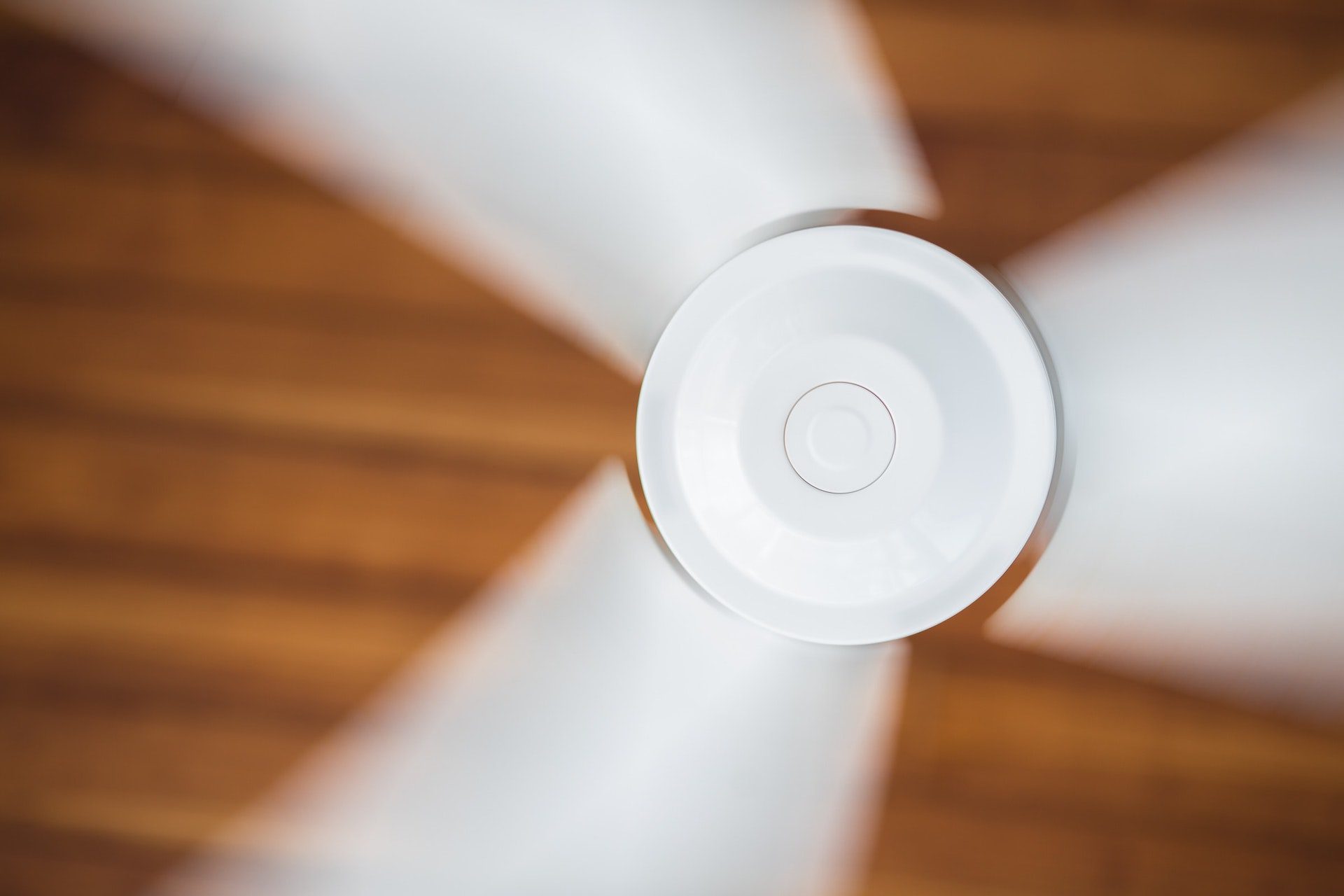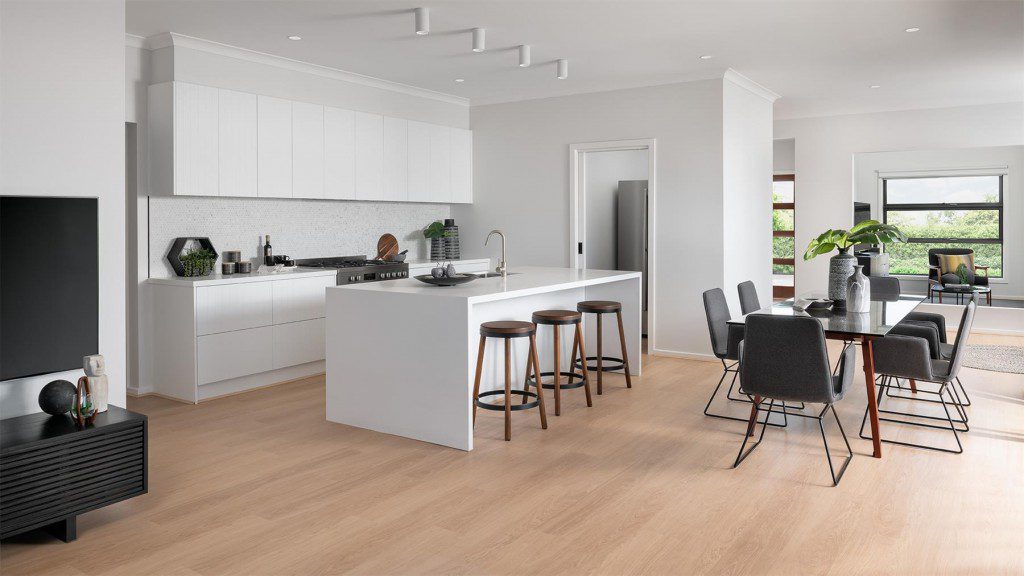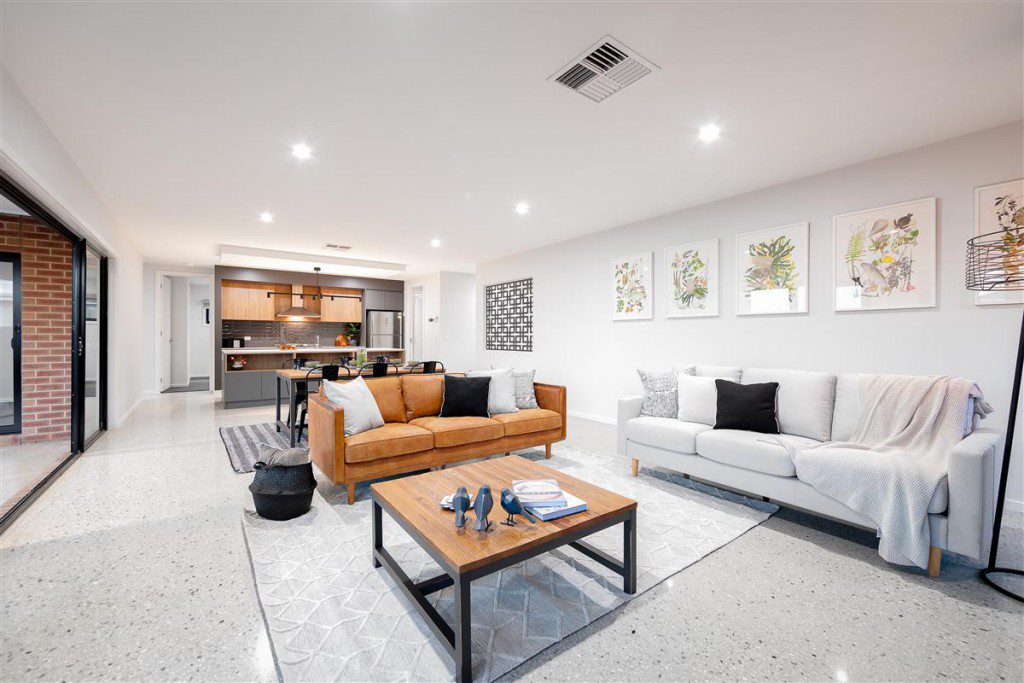Sustainable Homes
Sustainable Heating and Cooling: Considerations for Your Home
Depending where you live in Australia, it could be hot and dry today. If you live down south, perhaps it’s damp and cold? Or windy. Or hailing. Or maybe a dust storm is rolling through if you’re further inland.
Regardless of where you stand on the climate change debate, one thing is certain: Australia is the land of weather extremes.
This is an important fact to consider when choosing a new home to build, as the wrong choice of home design could result in alarming running costs, dead spaces in your house that are too hot or too cold, and general frustration in the lack of usability of your space.
The great air-con con?
Nearly one-half of all households in Australia use an air-conditioner as their main system of cooling or heating. The Australian Government estimates approximately 40% of household energy is used for heating and cooling to achieve a comfortable indoor temperature.
That’s a lot of homes with a reliance on artificial climate control to make life comfortable.

As our climate changes and the weather becomes less predictable, intelligent heating and cooling in our homes becomes more important to our day-to-day comfort and liveability.
Don’t get us wrong, there’ll always be a place for air-conditioning systems in Australian homes, but there’s also a solid argument for smarter building design to do more of the heavy lifting.
So what design features should you be looking at?
Time travel is cool
To get some perspective, it’s worth going all the way back in time to when air-conditioning didn’t exist. Take the Queenslander home design for example. Even at the end of the 19th century, this original subtropical abode was designed to work with the environment.
High-set to catch breezes, maximising cross-flow ventilation with breezeways, big on open plan living spaces, and of course, a huge veranda that blurred the lines between indoor/outdoor living.
Bring it forward to 2020, and these principles continue to ring true. Five key factors to consider for sustainable heating and cooling are:
- Open plan design
- High ceilings
- Protected spaces
- Crossflow breezes
- Positioning of the home on the block

Boundless plains
There are eight different climate zones in Australia, each calling for different design features that keep the temperature in your home moderate and comfortable.
G.J. Gardner has been designing homes to suit all Australian conditions for over 35 years now. This means we’re experts at keeping you cool (or warm depending on where you live).
Up north in places like NT and Queensland, G.J.’s designs reflect people’s desire to enjoy the tropical climate. This includes:
- Large frescoes and outdoor living areas
- Greater integration between indoor and outdoor living areas
- Large windows for ventilation
- Spaces that encourage breezes

In colder regions, like Victoria and Tasmania, our home designs are premised on the direction of the sun, catching as much light and heat for homes all year round. Homes keep unwanted breezes out but still offer plenty of light and attractive flows between rooms and outdoor entertaining areas.
In moderate climate areas, our homes strike the balance between indoor and outdoor comfort and luxury, providing cooling measures when needed while offering rooms that will remain warm when it gets colder outside.
The G.J. way
Our Lead Home Designer, Peter, explains that a little bit of thought can go a long way when it comes to sustainable heating and cooling in our builds.
“Sometimes we’ll attach an activity room to a main living area where kids can do their homework or play video games. But this also serves a second important function — natural ventilation.”
“What we do in the design phase is line up that area with all four points of the house to encourage crossflow breezes. It’s simple, but it works.”
Allowing air to move around a home without obstacles has clear benefits. Fresh air, more family interaction, and cheaper energy bills. It’s just one of the many smart design outcomes you can expect from a G.J. Gardner home.
With over 36,000 quality, customised homes built over the past 35 years, and having just been announced as the National Home Builder of the Year (ProductReview.com.au) for the fourth consecutive year, G.J. Gardner is Australia’s most trusted home builder.
